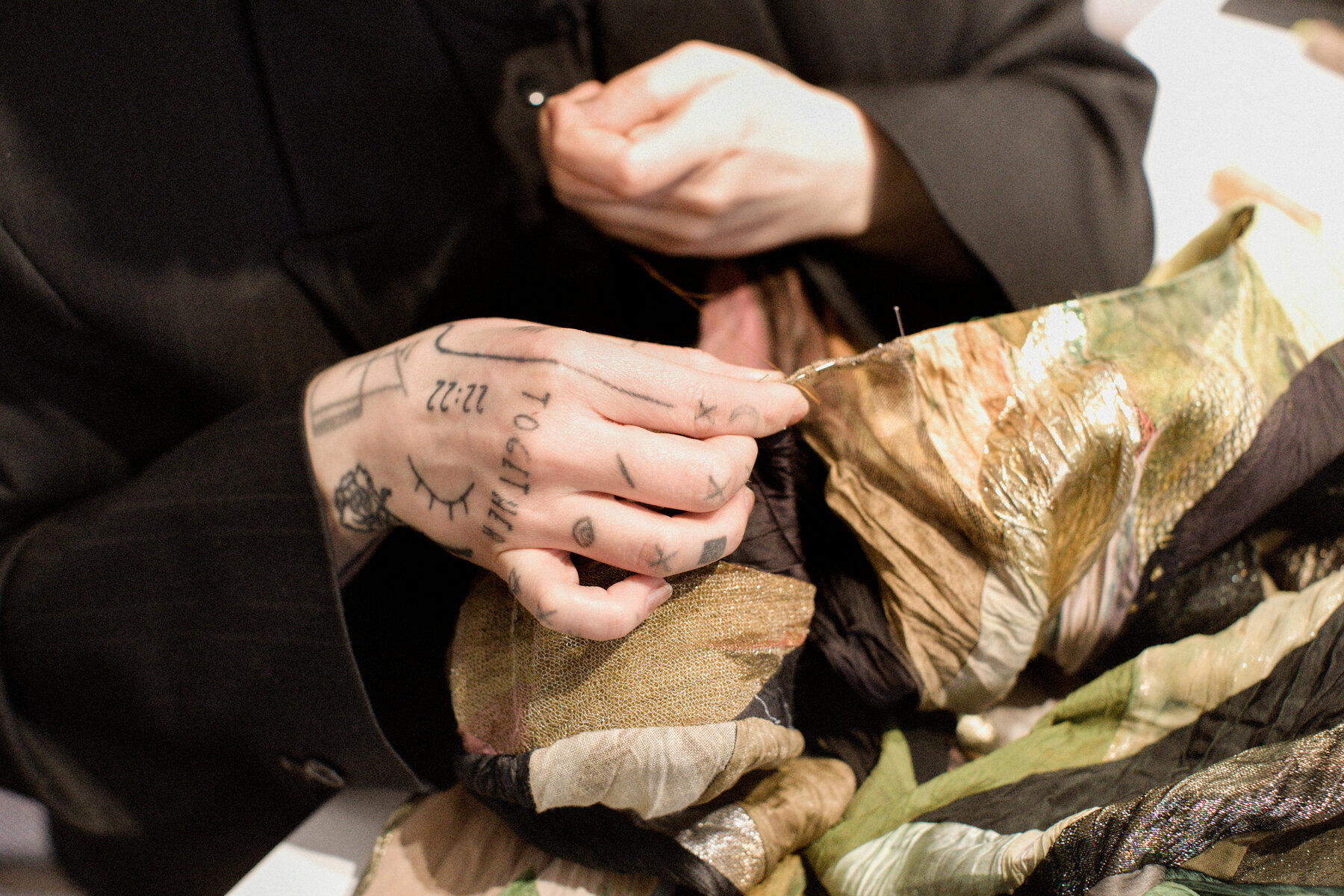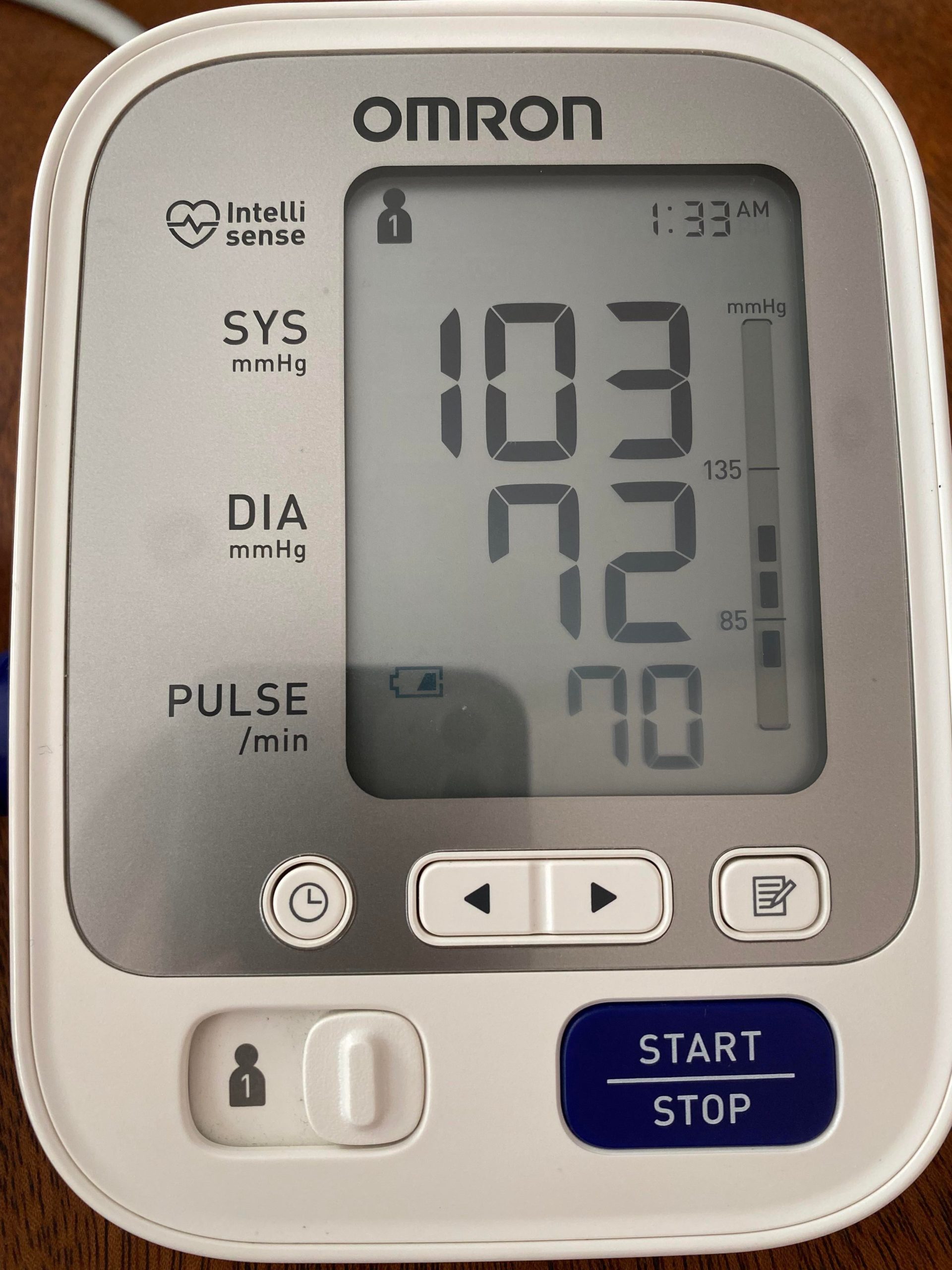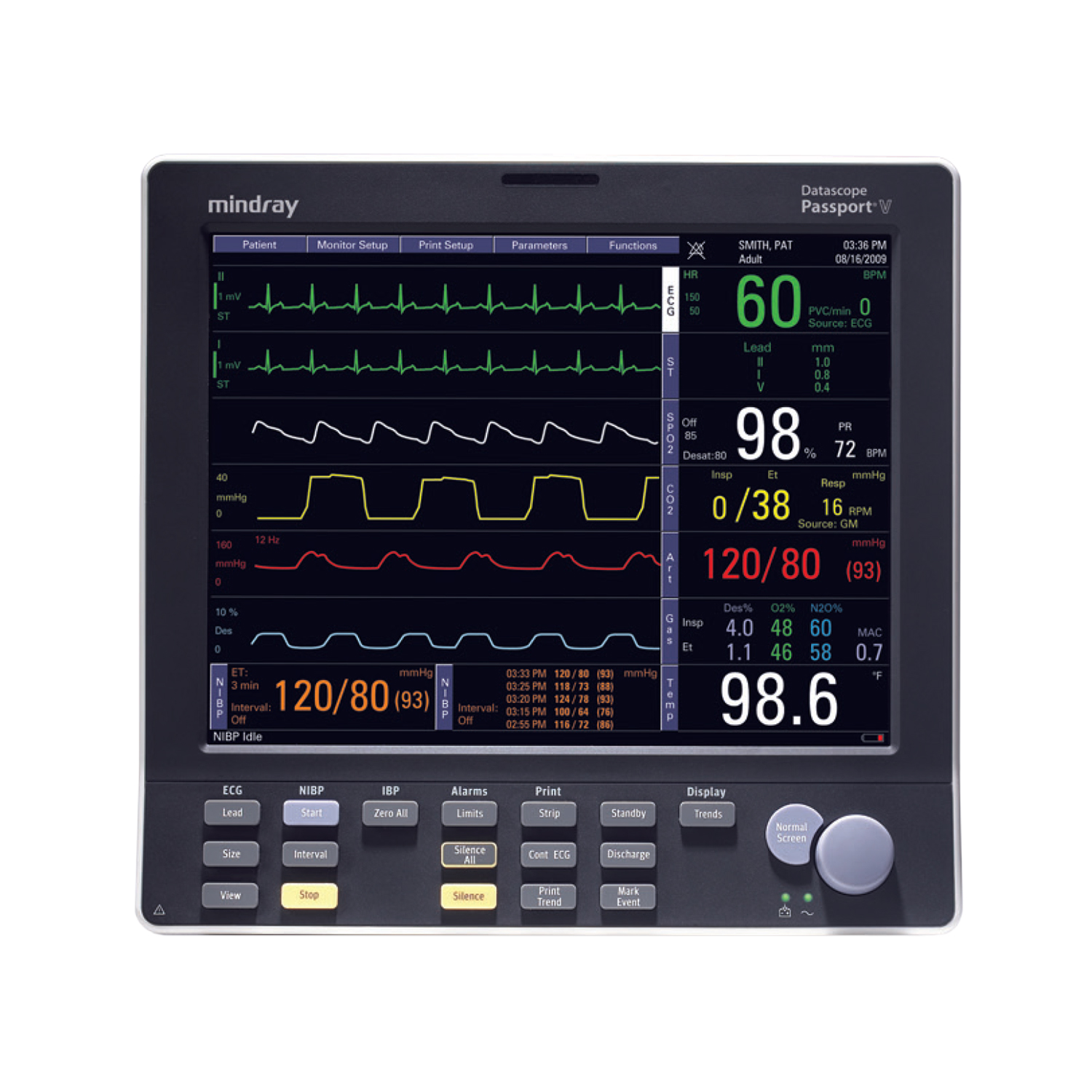Information
Information
-
Is 104/71 a Good Blood Pressure
A blood pressure reading of 104/71 is considered to be within the normal range. However, this does not mean that it is necessarily a good blood pressure reading. A normal blood pressure reading is defined as a systolic (top number) reading of less than 120 and a diastolic (bottom number) reading of less than 80.…
-
138 77 Blood Pressure
Blood pressure is a vital sign that measures the force of blood against the walls of arteries. It’s composed of two numbers: systolic pressure (the top number) and diastolic pressure (the bottom number). A normal blood pressure reading is lower than 120/80 mmHg.If your blood pressure is higher than that, it means you have high…
-
136 67 Blood Pressure
Hypotension, or low blood pressure, is a condition in which the force of your blood against your artery walls is too low. Blood pressure is measured in millimeters of mercury (mmHg). Normal blood pressure for an adult is around 120/80 mmHg. If your blood pressure readings consistently fall below 90/60 mmHg, you may have hypotension.…
-
Blood Pressure 106 71
When it comes to blood pressure, 106 over 71 is considered to be within the normal range. However, if this reading is consistently high, it could be a sign of hypertension. Hypertension is a serious condition that can lead to heart disease, stroke, and kidney failure. If you have high blood pressure, it’s important to…
-
119 76 Blood Pressure
The top number, called the systolic pressure, represents the pressure when your heart beats and pumps blood. The bottom number, called the diastolic pressure, represents the pressure when your heart rests between beats. Your blood pressure is considered high if it’s consistently above 140/90 mmHg. High blood pressure usually doesn’t have symptoms, so it can…
-
112/66 Blood Pressure
An individual’s blood pressure is determined by the amount of blood their heart pumps and the resistance to blood flow in their arteries. The top number, systolic pressure, represents the pressure in the arteries when the heart contracts. The bottom number, diastolic pressure, represents the pressure in the arteries between beats. A normal blood pressure…
-
118 73 Blood Pressure
When it comes to blood pressure, there are two numbers that are important: systolic and diastolic. Systolic is the top number and diastolic is the bottom number. A normal blood pressure reading is when your systolic is less than 120 and your diastolic is less than 80. If your blood pressure is in 122/66 see…
-
118/81 Blood Pressure
A blood pressure reading of 118/81 is considered normal and healthy. This is because the top number, which is called the systolic blood pressure, is less than 120. The bottom number, which is called the diastolic blood pressure, is also less than 80. So, a reading of 118/81 means that your systolic blood pressure is…
-
Blood Pressure 104/71
Blood pressure is a measure of the force against the walls of your arteries as your heart pumps blood through your body. A normal blood pressure reading is less than 120/80 mmHg. 104/71 mmHg is a little lower than normal, but not something to worry about unless it becomes a consistent pattern or starts to…








